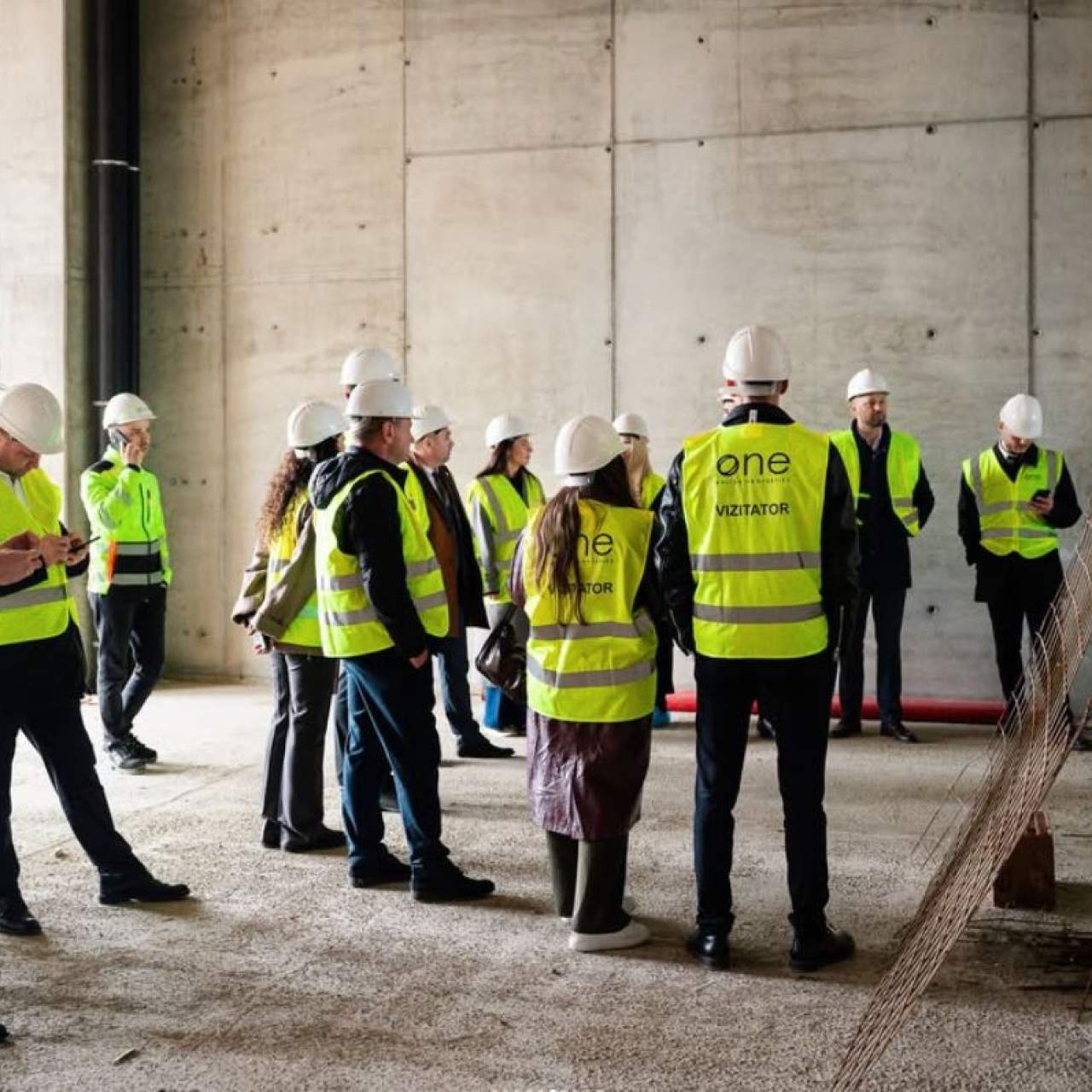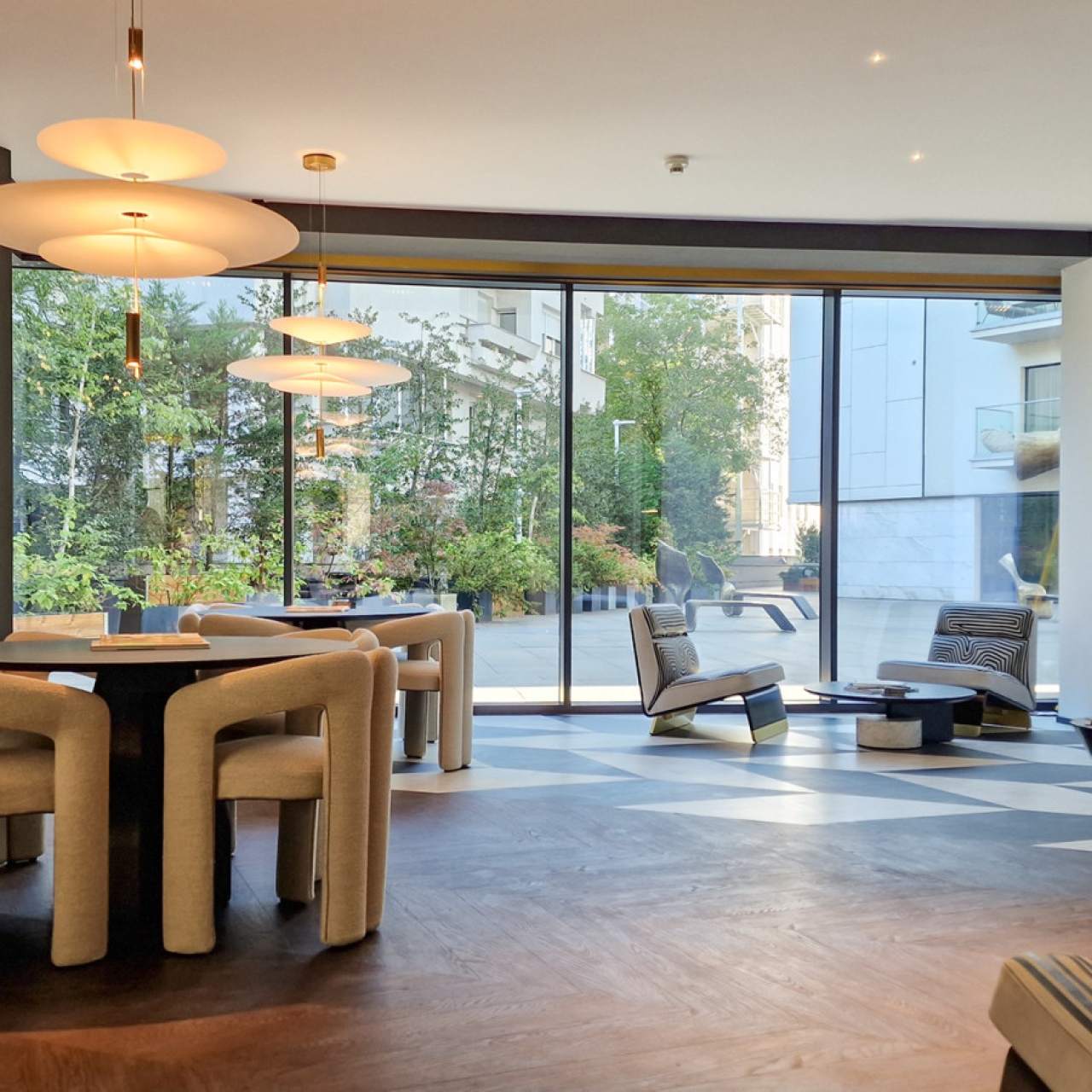
Walking the streets of Bucharest with a story
We walk them every day, but often we are too busy to pay attention to the buildings that border them or to the history that precedes them.
What stories, older or newer, are hidden on the streets of the Romanian capital?
Calea Victoriei
With a 2.7 kilometres length, Calea Victoriei is one of the main streets of Bucharest and one of the oldest streets of the city. In the past, it was not included in the city plan, bearing the name of Drumul Brașovului. Later, it was united, by order of the ruler Constantin Brâncoveanu, with Ulița Mare towards Sărindar. Thus, Mogoșoaia Bridge was born in 1692; it connected the voivode's estate with the royal palace. Since it was the most important street in the city, cafes, luxury shops, inns, churches, and even various institutions begin to open here, and at the same time it became the favourite area for the boyars of the time for building their houses. Its name was to be changed to the current one with the entry of the Romanian army, victorious in the War of Independence, in Bucharest on October 8th, 1878. Four years later, it also became the first street on which the city's electrical installations were mounted, after it had also been paved during the reign of Grigore Ghica. Today, Calea Victoriei hosts a number of important architectural monuments, such as the National Museum of Romanian History, the Kretzulescu Church, the National Military Circle, the CEC Headquarters, and the Cantacuzino Palace.
Xenophon
Known as the only steps street in Bucharest, Xenophon has 70 stairs that lead to the highest natural point of the city. Another special element is the fact that it is a huge outdoor painting, transformed by the contribution of the artist Eva Radu. She painted here, in the summer of 2014, eight emblematic buildings of Bucharest. Over the years, the appearance of the street has changed in terms of the various paintings that have replaced the original work.
Lipscani
Known until 1750 as Ulița Mare, Lipscani is considered by some sources to be the oldest street in Bucharest. It once housed the shops where various merchants – the Lipscans – exhibited their goods brought from Lipsca (present-day Leipzig, Germany). As you can easily guess, this is where the street name comes from. On Lipscani Street, today part of the Old Centre, some of the most important inns in the city were built, such as Gabroveni and Hanul cu Tei. Constantin Cantacuzino Inn also functioned here, until demolition in 1880. The current palace of the National Bank was built in its place.
Splaiul Unirii
Divided between Bucharest and Ilfov County, Splaiul Unirii measures 10.8 kilometres and is the longest street, but also the longest traffic artery of the city, crossing countless neighbourhoods in the city.
Calea Dorobanților
The 2.6-kilometer street, between Lahovari and Charles de Gaulle squares, was named in 1878, in memory of the Dorobanti troops (infantry soldiers) who fought in the Romanian War of Independence. A multitude of houses, most of them designed in the Beaux-Arts style, spread along the Dorobanti Road, are part of the list of historical monuments. Among them, we mention Maria Lahovary House, Assan House, I. C. Brătianu, and the Zodiac Block.
Vasile Adamachi
The uniqueness of this street consists in the fact that it is known as the street with only one number – 11, where we meet the Great Synagogue, inaugurated in 1847. The street is named after the scientist Vasile Adamachi.
Magheru Boulevard
With a much more recent history compared to other important boulevards of the city, the one named after general Gheorghe Magheru was built at the beginning of the 20th century. In the past, it was one of the most expensive commercial streets in the world. Along the boulevard there are a number of historic buildings, such as the Scala cinema and the Ciclop building, where the first multi-story car park in Bucharest was built in 1928.
Data for this article was obtained from adevarul.ro, digi24.ro, mediafax.ro, primarie3.ro, and Wikipedia.org.
Inspired by the article?
Explore apartments in neighborhoods worth discovering:


